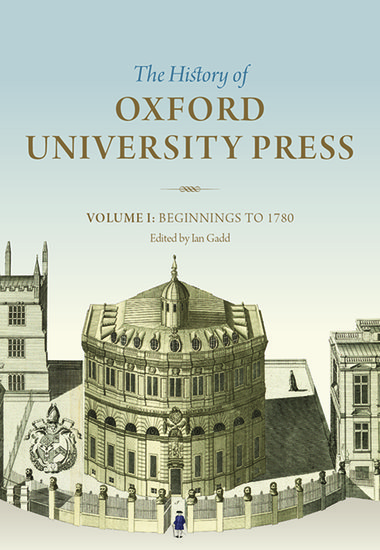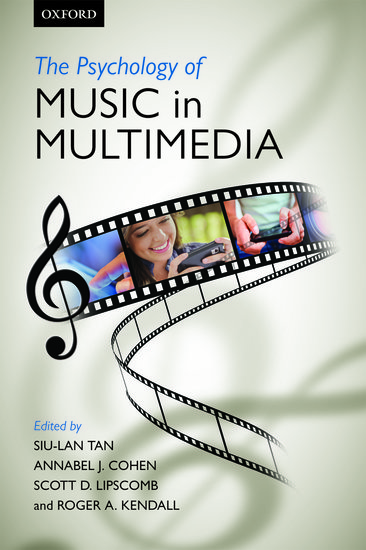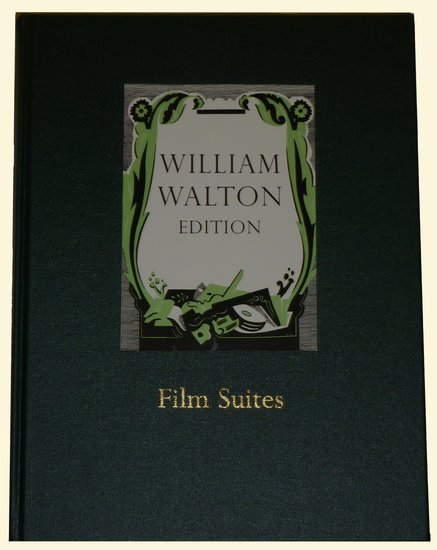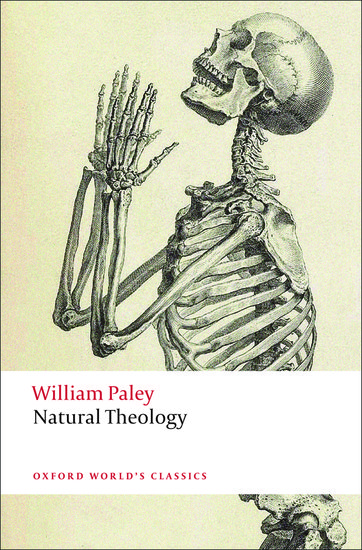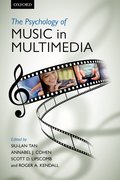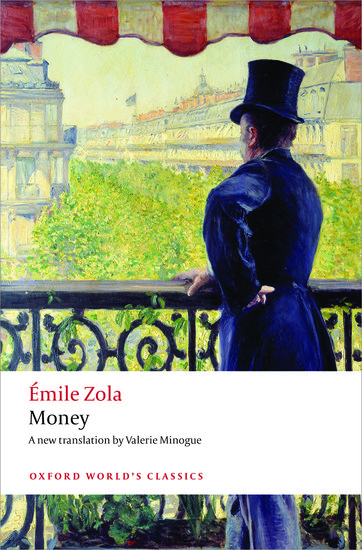New perspectives on the history of publishing
There is a subtle shift occurring in the examination of the history of the book and publishing. Historians are moving away from a history of individuals towards a new perspective grounded in social and corporate history. From A History of Cambridge University Press to The Stationers’ Company: A History to the new History of Oxford University Press, the development of material texts is set in a new context of institutions.

